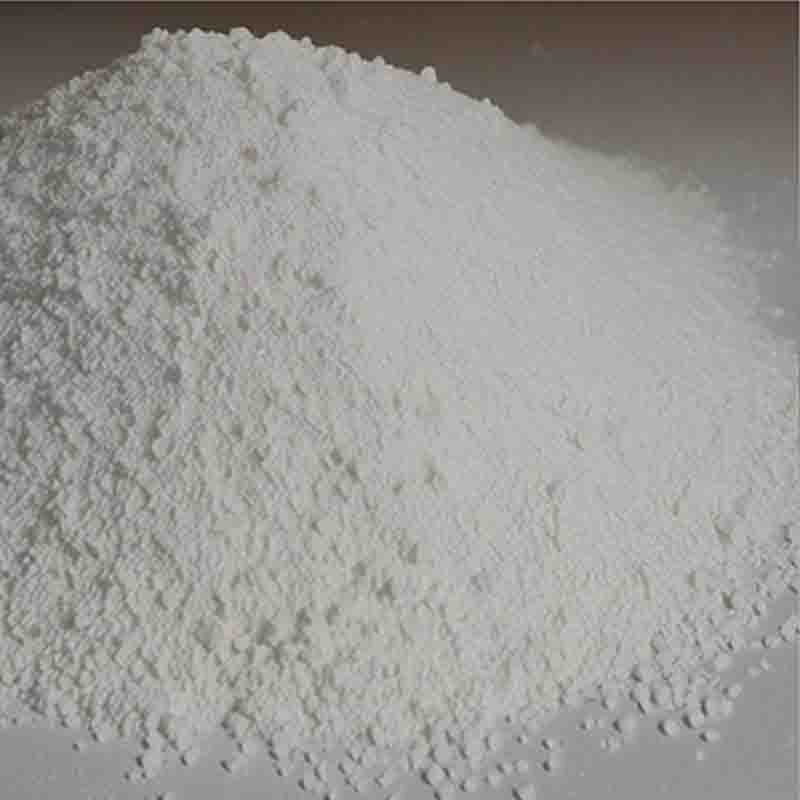(1S,4R)-4-(2-amino-6-chloro-9H-purin-9-yl)-2-Cyclopentene-1-methanol Hydrochloride CAS: 172015-79-1
| Catalog Number | XD94105 |
| Product Name | (1S,4R)-4-(2-amino-6-chloro-9H-purin-9-yl)-2-Cyclopentene-1-methanol Hydrochloride |
| CAS | 172015-79-1 |
| Molecular Formula | C11H12ClN5O.ClH |
| Molecular Weight | 302.164 |
| Storage Details | Ambient |
Product Specification
| Appearance | White powder |
| Assay | 99% min |
(1S,4R)-4-(2-amino-6-chloro-9H-purin-9-yl)-2-cyclopentene-1-methanol hydrochloride is a specific form of the compound with distinct properties and uses. It is commonly referred to as the hydrochloride salt of (1S,4R)-4-(2-amino-6-chloro-9H-purin-9-yl)-2-cyclopentene-1-methanol. The hydrochloride salt form of the compound is typically used for various medicinal and pharmaceutical applications.One of the key applications of (1S,4R)-4-(2-amino-6-chloro-9H-purin-9-yl)-2-cyclopentene-1-methanol hydrochloride is in the field of antiviral therapy. It acts as a nucleotide analog reverse transcriptase inhibitor, targeting viral reverse transcriptase enzymes. This compound is particularly effective against retroviruses such as HIV. By inhibiting the activity of reverse transcriptase, it can block the replication of the virus and reduce viral load in infected individuals. This makes it an important component of antiretroviral therapy regimens.In addition, (1S,4R)-4-(2-amino-6-chloro-9H-purin-9-yl)-2-cyclopentene-1-methanol hydrochloride can also be used as an antiviral agent against other RNA viruses. Its mechanism of action inhibits the transcription of viral RNA, preventing the synthesis of new viral particles. This broad-spectrum antiviral activity makes it a potential candidate for the treatment of other viral infections.Furthermore, (1S,4R)-4-(2-amino-6-chloro-9H-purin-9-yl)-2-cyclopentene-1-methanol hydrochloride has shown promising results in the field of anticancer research. It exhibits cytotoxic effects on certain cancer cell lines, inhibiting their growth and inducing apoptosis. This compound is being studied for its potential use in targeted cancer therapies, either as a standalone treatment or in combination with other chemotherapeutic agents.Apart from its therapeutic applications, (1S,4R)-4-(2-amino-6-chloro-9H-purin-9-yl)-2-cyclopentene-1-methanol hydrochloride can also be utilized as a research tool for studying purine metabolism and its implications in various diseases. Its unique structure allows for the investigation of specific purine-related biochemical pathways and their modulation in different physiological and pathological conditions.It is important to note that the specific use and development of (1S,4R)-4-(2-amino-6-chloro-9H-purin-9-yl)-2-cyclopentene-1-methanol hydrochloride may vary depending on ongoing research and clinical trials. However, its potent antiviral and anticancer properties make it a valuable compound in the fields of virology, cancer research, and medicinal chemistry. With continued investigation and development, it holds the potential to significantly impact the treatment of viral infections and cancer.


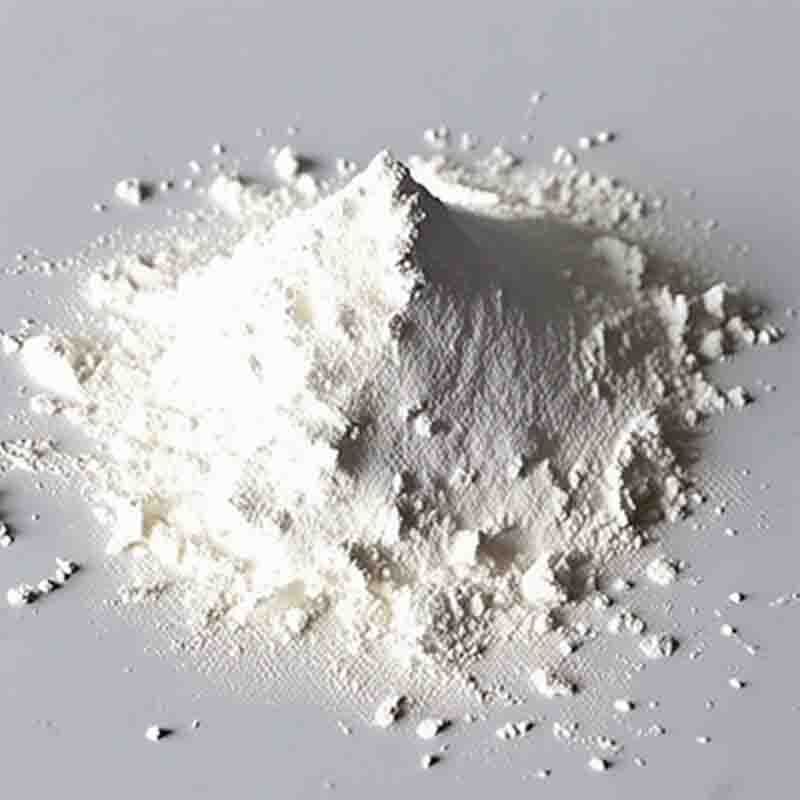

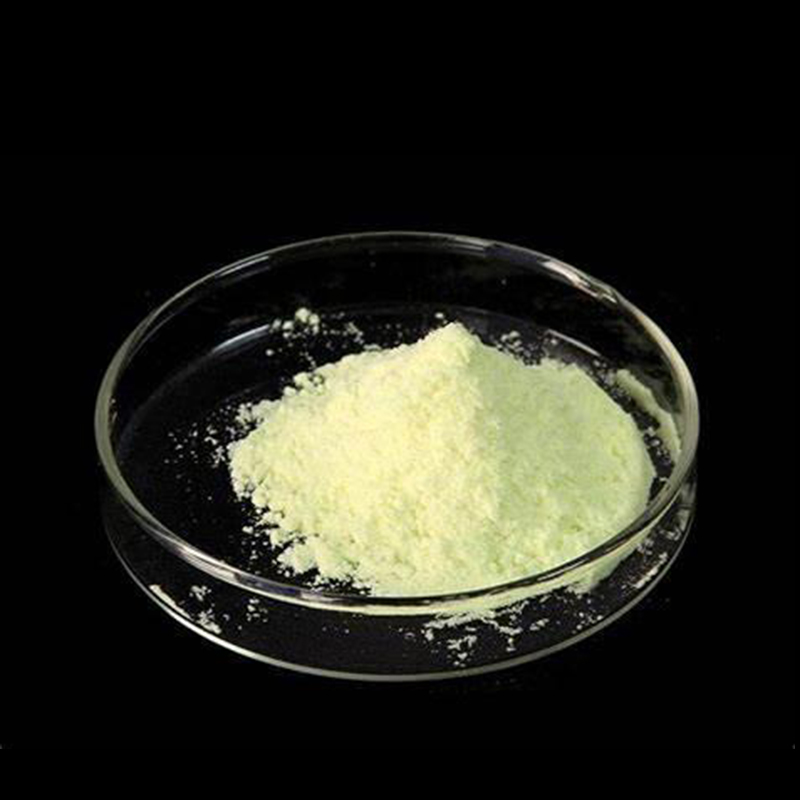
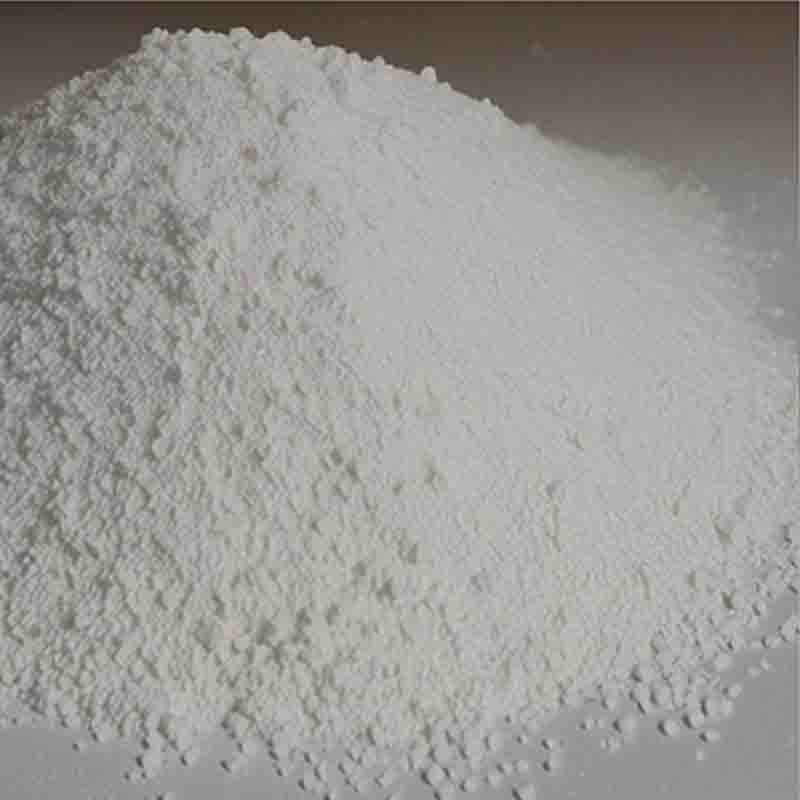
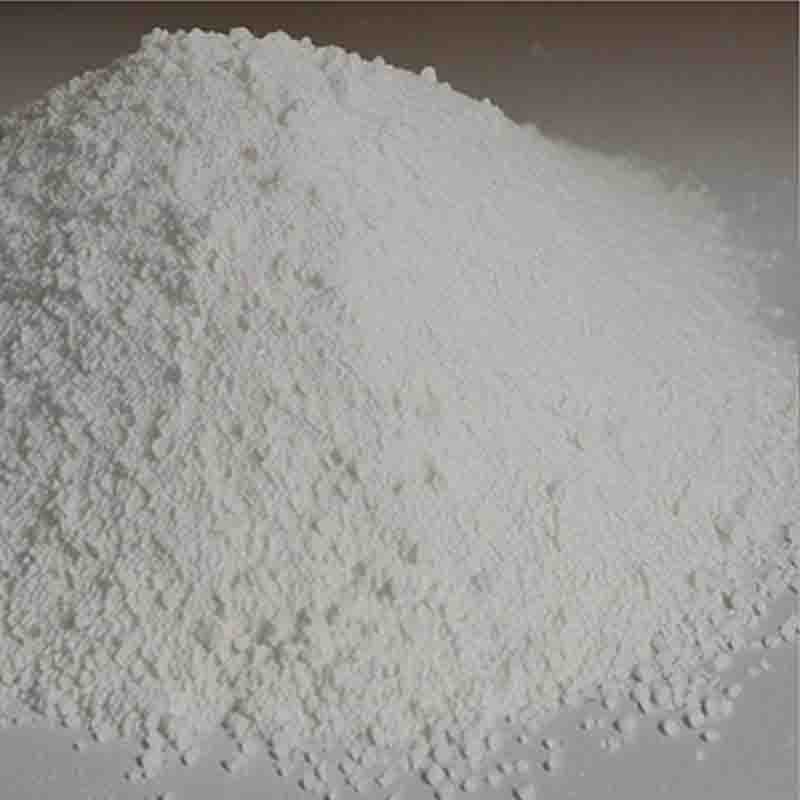
![N-(4-Bromophenyl)-[1,1'-biphenyl]-4-amine CAS: 1160294-93-8](https://cdn.globalso.com/xdbiochems/白色粉末21575.jpg)
![(Z)-Methyl 2-ethoxy-3-((2′-(N’-hydroxycarbaMiMidoyl)biphenyl-4-yl)Methyl)-3H-benzo[d] iMidazole-4-carboxylate CAS: 147403-65-4](https://cdn.globalso.com/xdbiochems/白色粉末1216.jpg)
